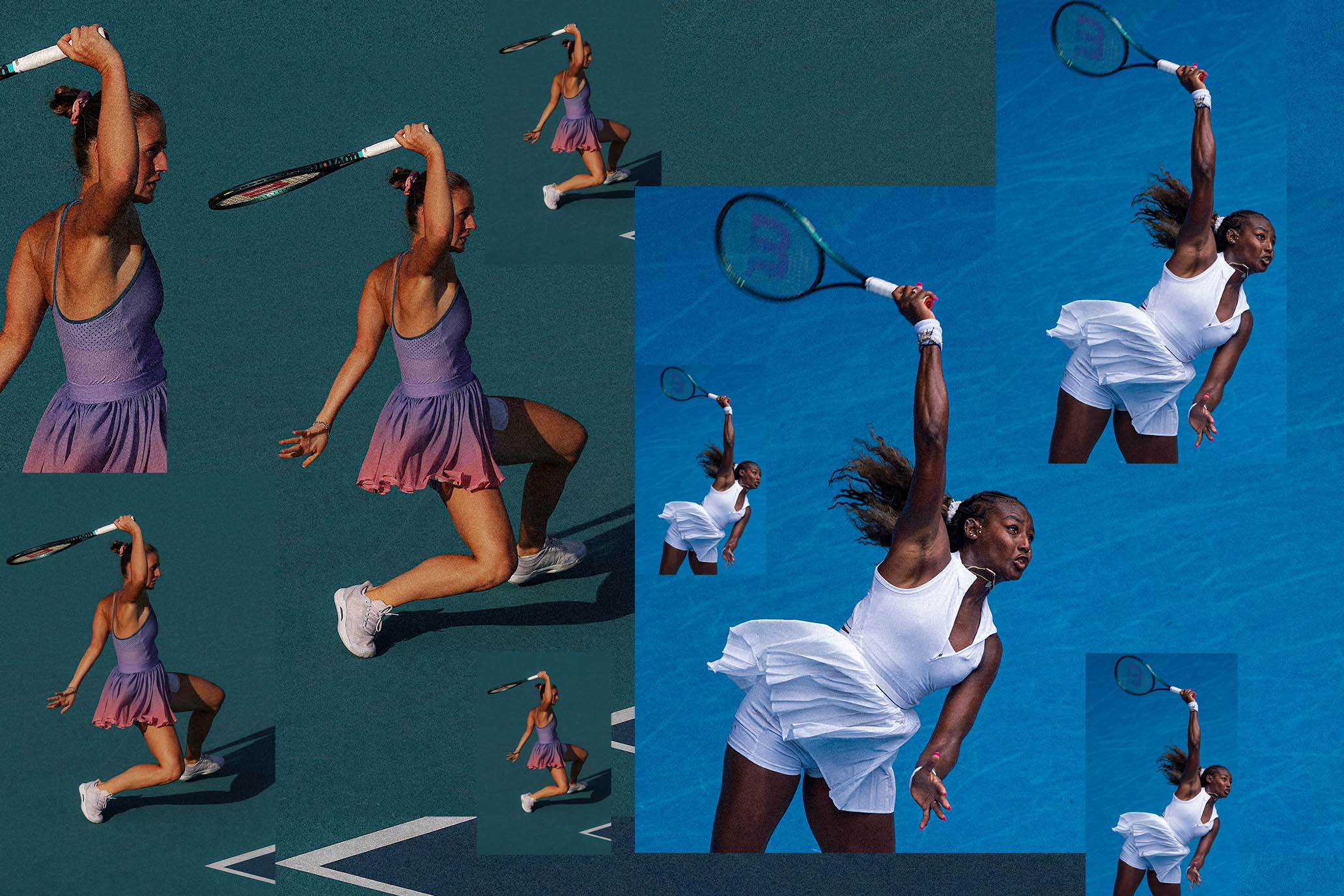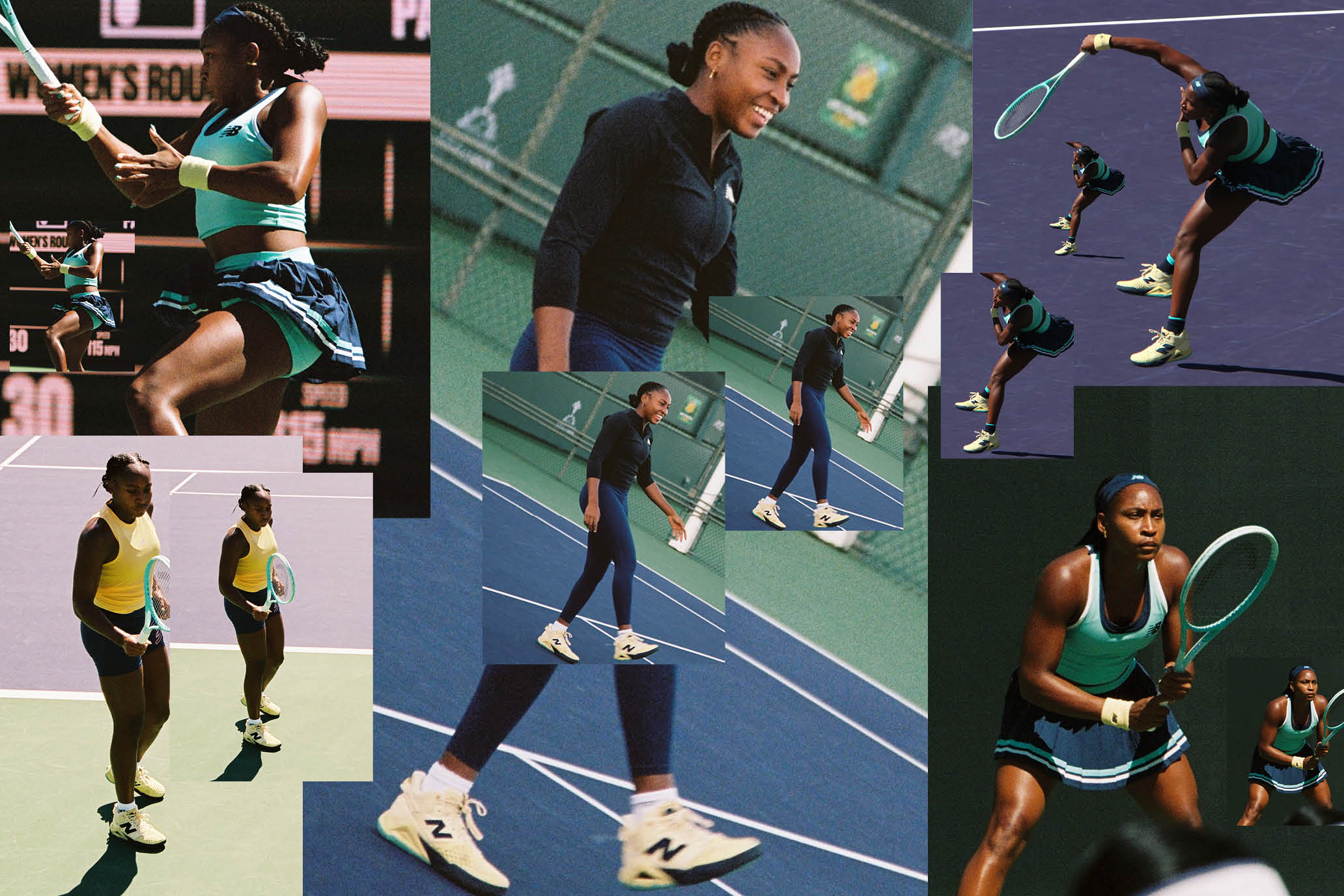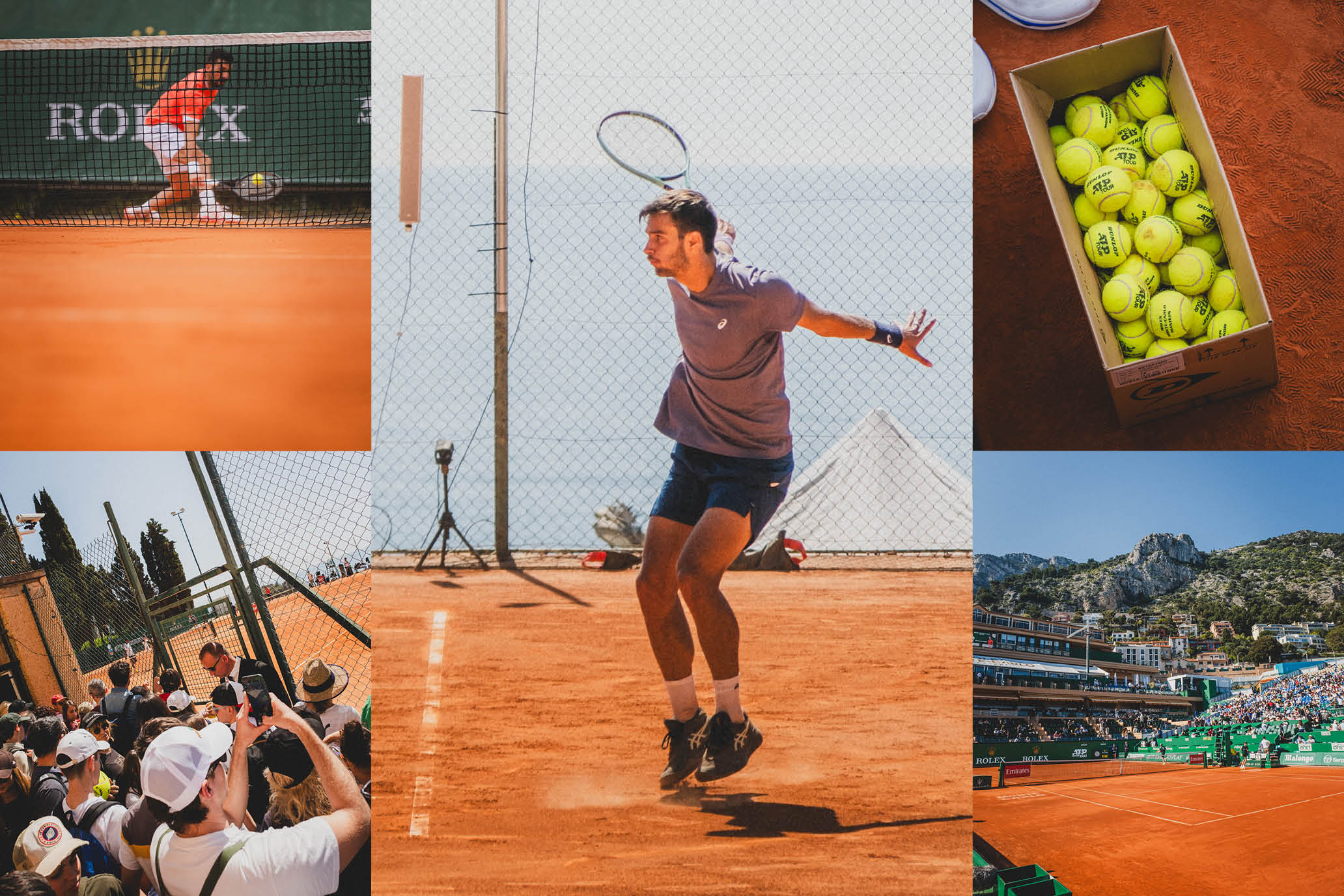Dynamism & Struggle
Dynamism & Struggle
Simona Halep didn’t always make it look easy.
Simona Halep didn’t always make it look easy.
By Giri NathanFebruary 7, 2025
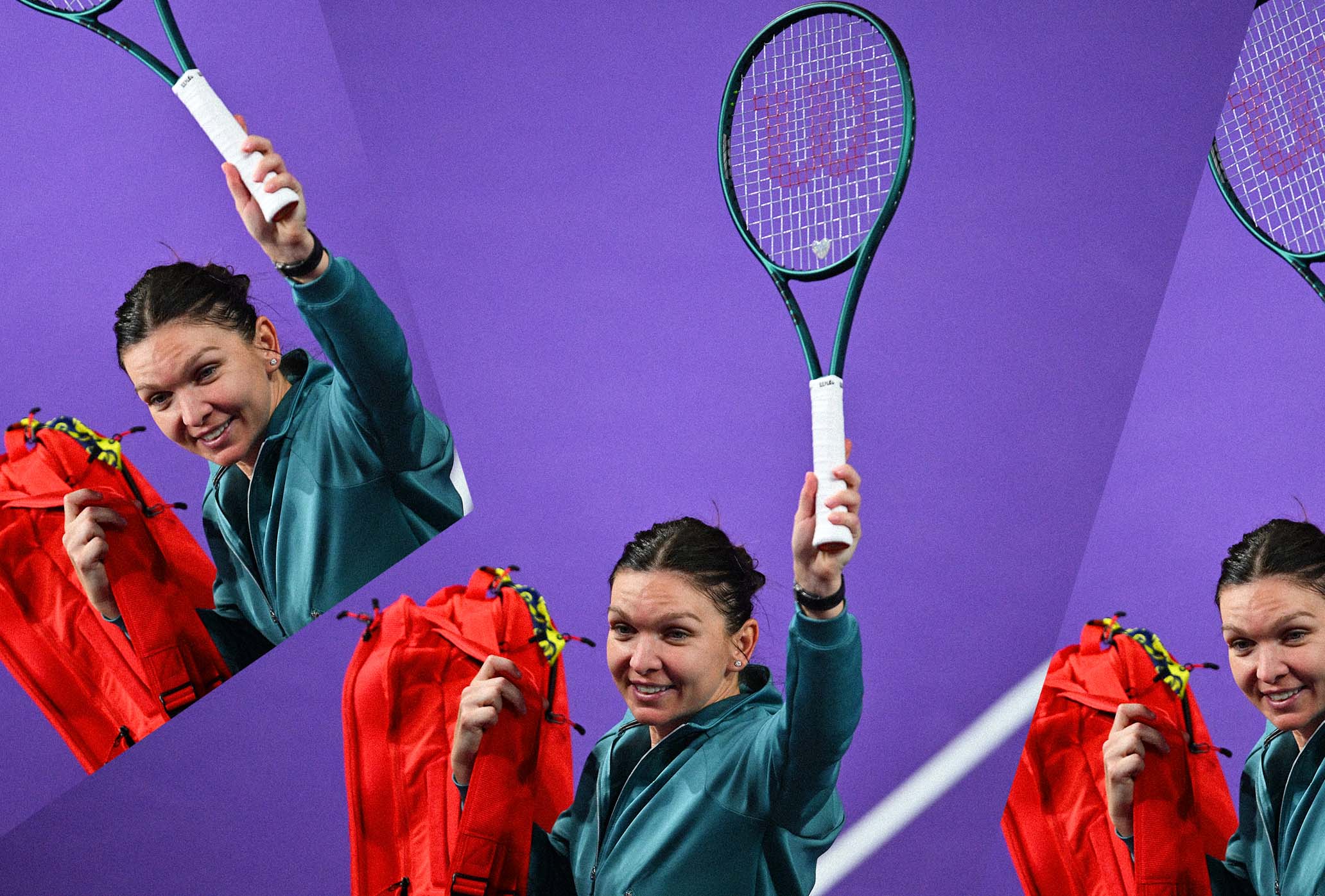
Simona Halep calls it a day in Cluj-Napoca. // Getty
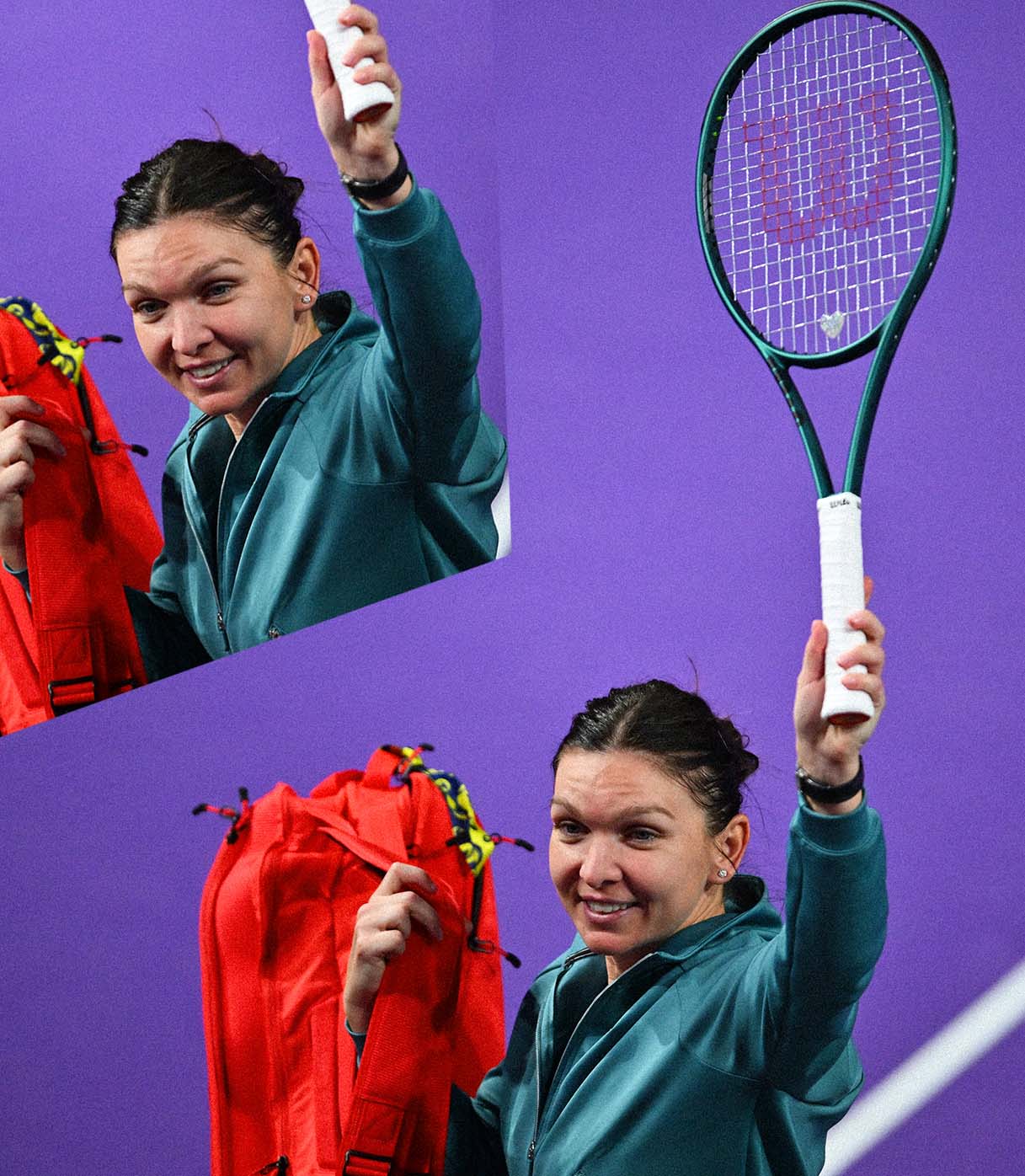
Simona Halep calls it a day in Cluj-Napoca. // Getty
I had been expecting a slow but steady Simona Halep comeback. Not a sudden retirement this week at age 33. But this last phase of her career has been sad and murky, at every turn, so this fits.
In 2022 she hired Patrick Mouratoglou as coach, which was followed soon by poor results, an on-court panic attack, and a public Instagram apology from Mouratoglou for those poor results. Later that year she made a Wimbledon semifinal and returned to the top 10. But she also received a provisional suspension after tests revealed the banned substance roxadustat—which Mouratoglou also eventually apologized for, since his team gave her the tainted collagen supplement. In 2023 there was the full-on doping suspension for irregularities in her blood samples over time. Then in 2024, after an appeal, that was shrunk from four years to nine months as she was found at “no significant fault or negligence” for the adverse test result.
After all that, she returned to the court as a wild card in Miami 2024 and immediately went three sets with Paula Badosa. That’s what had me suspecting a comeback. It was misleading. That was the last time she’d ever get remotely close to beating a player of her own stature. She played just five more matches in total, and won one. She said this week that she has been unable to recover from her injuries, in particular one to her knee cartilage. Thus, a brief retirement speech, in her home country of Romania, at the WTA 250 in Cluj-Napoca.
It’d be a shame if this dismal coda made people misread what is pretty clearly a Hall of Fame career. To pierce through the gloom, just return to memories and footage of Halep at her peak, from 2017 through 2019, as one of the most adept counterpunchers ever to play in the WTA. A short-statured, compact player, Halep ricocheted all over the court like a flung Super Ball. With her explosive first step and ease recovering from the corners, her court coverage could confound any opponent. Other people’s power didn’t bother her—she loved to redirect their pace—and her own low power was no problem. She simply figured out how to hurt her opponents in situations where they thought it impossible to get hurt. Even while careening from one sideline to another she could throw her full body weight into punishing counterattacks. Halep is an all-time elicitor of where did that come from?
One theme of her early career, though, was some reticence when closing out big matches. She lost her first three major finals, all in three-setters. Most conspicuously, Halep lost the 2017 Roland-Garros final despite being up 6–4, 3–0, to an unestablished teenager; the upside of that is that we can now say “Grand Slam champion Jelena Ostapenko.” Less troubling, but also disappointing, was her valiant 2018 Australian Open, where she played her way to the final on an ankle she had grotesquely injured earlier in the tournament, and lost narrowly after a defensive master class against Caroline Wozniacki.
At the next major in 2018, Halep arrived at Roland-Garros to rectify last year’s result. At that point she was world No. 1, in her prime at age 26, with $26 million in prize money, a fresh Nike deal, and still without a major title. She fell down a set and a break to Sloane Stephens in that final. And then, as she explained later, she remembered that she’d been on the opposite end of that score line the previous year. So she knew that a recovery was possible. She won that final by remembering how she lost it.
With her second major win, there was less intrigue, because she delivered arguably history’s cleanest performance in a major final. This was at Wimbledon in 2019, despite facing the tournament’s seven-time winner in Serena Williams. Halep dismissed her in 56 minutes, only hitting three unforced errors, a near-mystical performance. Halep, listening to audio from that championship point this week, said it was the most important and beautiful match of her career.
She didn’t always make it look that easy. Her matches were thrilling precisely for that reason, for all the dynamism and struggle. “I don’t want to cry. It’s a beautiful thing,” she said in her retirement speech, in Romanian. “I became world No. 1, I won Grand Slams. It’s all I wanted. Life goes on.”


The Hopper
—CLAY Tennis on Beatriz Haddad Maia’s US Open run.
—Giri on Iga Swiatek’s loss to Jess Pegula.
—Jon Wertheim’s mailbag is full this week.
—Sara Errani and Andrea Vavasori have won the US Open mixed doubles.
—Tim Newcomb on Taylor Fritz and Asics.

